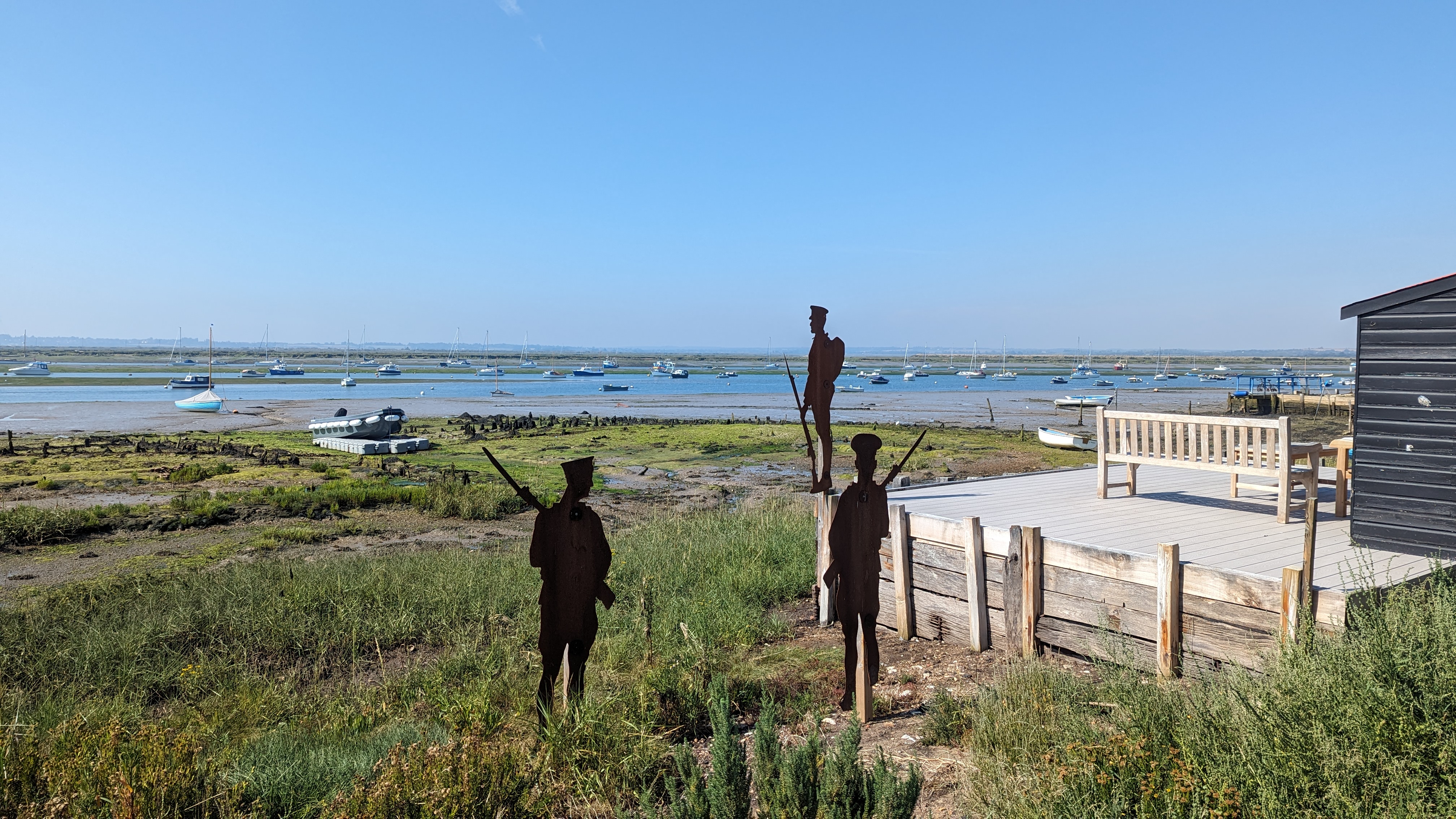Over 1,100 baptisms now added, from 1691-1750 for Bildeston, Suffolk. Have a look – you never know who you might find!
Detail from “The Comforts of Matrimony”. Copyright Trustees of the British Museum
Over 1,100 baptisms now added, from 1691-1750 for Bildeston, Suffolk. Have a look – you never know who you might find!
Detail from “The Comforts of Matrimony”. Copyright Trustees of the British Museum
Nearly 1,000 burials for Bildeston, Suffolk, from 1681-1740 now online. More Bildeston records to follow soon, up to 1812!
Do you have family from Mersea Island? Have a look at the wealth of information on the Mersea Museum website! Their family history section includes names rawn from documents such as tithe maps, along with locals who died in the world wars, and even the names of children evacuated to the island during WW2.

A Christmas gift for you – nearly 800 marriages for Bildeston, Suffolk, from 1559-early 1754.
Christmas Day weddings were popular in the past – but why? Because Advent is like Lent in the Church calendar, a solemn time when Christians would reflect on a world without Christ in it. The church colour for Advent is purple, a colour of mourning, so you’ll see, for instance, purple altar cloths (even with Christmas decorations in the church). But Christmas Day was a day of celebration, and with it, celebrations of marriage.
Transcriptions of Bildeston’s marriages back to 1559 have been available for a long time, thanks to Boyd’s Marriages, but they don’t include abodes and marital statuses. Although the register doesn’t carry a great deal of extra information for the marriages, aside from names and dates, the amount of detail accompanying marriages from the Commonwealth period is significant. If you can’t find a marriage in the mid-1600s, then do check these marriages, as couples from villages and towns around Bildeston were married there as one of the Justices of the Peace for Suffolk was resident – it was JPs who performed marriages at that time, not vicars!
Anyway, I’ve waffled on for long enough! Merry Christmas and a Happy New Year to you all!
Over 900 baptisms for Bildeston, Suffolk, from 1646 to 1690 now online. Stay tuned for more baptisms, marriages, and burials for this parish, all the way up to 1812!
Gedding transcriptions, 1543-1743, now online!
This tiny Suffolk village is a quiet place, with just over 700 entries – baptisms, burials, and marriages – in two hundred years. I’ve also added links to research on Gedding from The East Anglian.
Now online: 463 marriages from 1654-1754 for Bures St Mary in Suffolk. The parish has a hamlet in Essex, too. Couples came from miles around to get married here, so perhaps you’ll find that elusive marriage you’ve been hunting for!
Over 1,000 burials for Bildeston, Suffolk, just added, from 1631-1680. This set of records includes people who died during the 1660s plague pandemic.
Over 1,400 burials for Bures St Mary in Suffolk, from 1706-1766. It includes people who were living in Bures Hamlet, the part of the parish that’s over the river in Essex. There’s now over 3,000 Bures St Mary burials on this site, from 1592-1766!
I’ve been rummaging about, trying to find records for Halstead’s non-conformists. It’s a work in progress, but first of all, here’s 340 entries from the Independents’ “church book” from 1730-1825, giving names of members and ministers and when they joined, and even details of naughty non-conformists who were excommunicated. The image shows the New Congregational Church, which opened in 1866, and still stands today – albeit as private apartments.